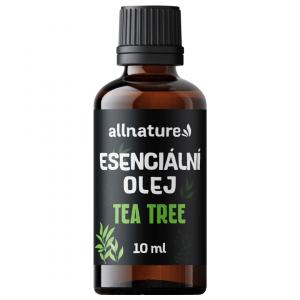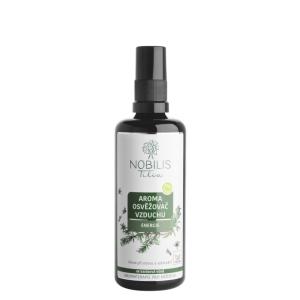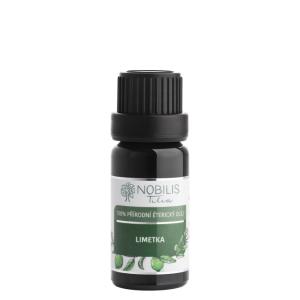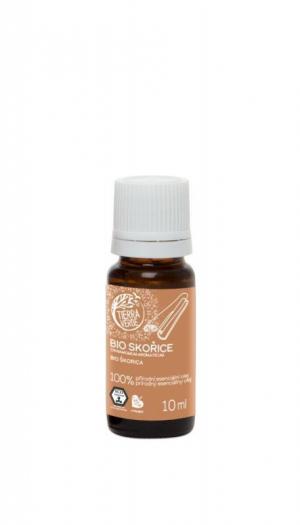
Painful Swelling After an Insect Sting and Its Warning Signs
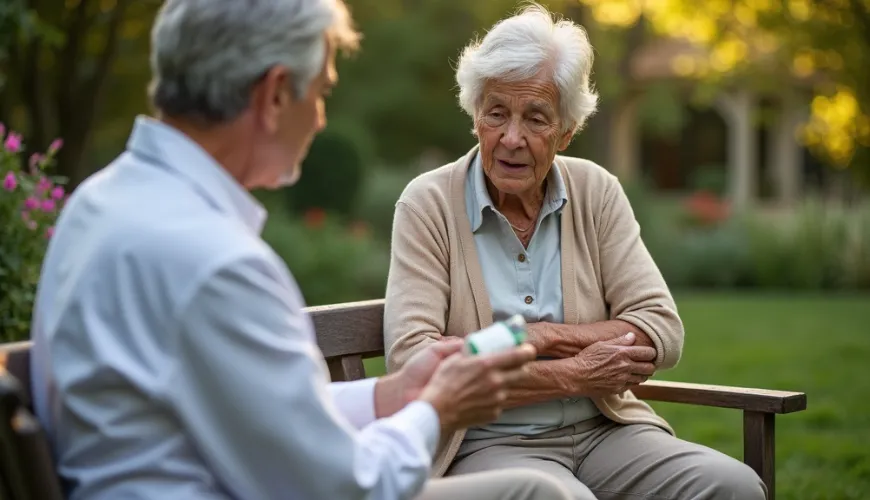
When a Sting is More Than Just Annoying - What a Painful Swelling After an Insect Bite Means
The summer months bring plenty of joys – relaxing in the garden, swimming, long walks in nature. But they also bring one less pleasant reality: insects. Mosquitoes, wasps, bees, horseflies, or even lesser-known members of the insect kingdom can become unwelcome companions. Most people feel mild itching, redness, and unpleasant burning after a sting. But what if a painful swelling after an insect bite appears, which seems larger or lasts unusually long? Does it mean something serious?
The body's reaction to an insect bite is a natural defensive response of the immune system to a foreign substance. However, the extent of this reaction can vary significantly not only between different types of insects but also among people. While one person might barely notice anything, another might end up with a swollen limb and chills.
What Exactly Causes Painful Swelling After a Bite?
When an insect stings, it injects saliva or venom into the body, which contains various proteins and substances affecting the vascular system, nerves, or immune response. For example, mosquitoes inject substances that prevent blood clotting, while wasps and bees release venom with enzymes and amines causing pain and inflammation. The body often responds to these substances with local inflammation, which manifests as swelling, redness, itching, or pain.
If the swelling spreads to a larger area, lasts longer than 48 hours, is significantly painful, or pus forms within it, it could be a sign of infection or a stronger immune response – known as a hyperreaction. Such a situation requires more attention and sometimes medical help.
How to Recognize It's Not Just a Regular Sting?
The experience of parents of young children often speaks volumes. One summer afternoon at the cottage ended with a trip to the emergency room after little Matěj was stung by a wasp on the leg. What initially seemed like a regular sting turned into a large painful swelling within a few hours, preventing him from stepping down, the skin reddened, and the boy became lethargic. Doctors confirmed an inflammatory reaction and prescribed antihistamines and antibiotics.
Such cases are not uncommon. According to data from the State Health Institute, insect stings account for approximately 5% of all emergency treatments during the summer months in the Czech Republic. And while most end without complications, for some, swelling after a sting can be the first sign of a more serious problem.
When to Seek Medical Help?
The answer to this question depends on several symptoms. A painful swelling after an insect sting is common, but some signs should be a warning:
- Swelling larger than 10 cm that continues to spread
- Significant pain or heat in the affected area
- Presence of pus or blisters
- Fever, chills, or general weakness
- Sting in the mouth, throat, or near the eyes
- Signs of an allergic reaction (swelling of lips, shortness of breath, hives)
Allergy is a separate chapter. Allergic individuals may react systemically to a sting – known as an anaphylactic shock. In such cases, it is a life-threatening condition that requires immediate emergency services and administration of adrenaline.
How to Help Naturally?
While medical treatment is necessary in some cases, for common and mild swelling after a sting, you can help at home. Nature offers many effective remedies that can reduce inflammation, pain, and itching and promote healing.
One of the most commonly used aids is calendula ointment, which has anti-inflammatory and healing effects. Similarly, aloe vera gel soothes irritated skin and accelerates regeneration. For quick relief from itching, apple cider vinegar, diluted with water and applied as a compress, helps.
Herbs such as chamomile, lavender, or tea tree oil are proven to have antiseptic and anti-itching effects. A good tip is also baking soda mixed with a little water, creating a paste to soothe swelling.
And let's not forget the old wives' tales – like applying a sliced onion or a slice of raw potato. Their pungent substances can help reduce inflammation and pain.
Try our natural products
Prevention - How to Avoid Getting Stung?
The best defense is, of course, prevention. In nature, it's worth wearing light-colored clothing without floral patterns, which attracts wasps and bees less. Mosquitoes, on the other hand, react to the scent of sweat and carbon dioxide, so it's advisable to wash regularly and use natural repellents – for example, with eucalyptus, citronella, or lavender extracts.
At home and in cottages, window screens, mosquito nets, and limiting sweet drinks on the table help. And if you're heading to areas with a higher occurrence of insects, such as floodplain forests or pond surroundings, keep antihistamines and cooling gels handy in the first aid kit.
Nature or Chemistry - What Really Helps?
Many people wonder whether it's better to opt for natural help or proven pharmacy chemistry. The answer is not straightforward. For regular reactions after a sting, natural remedies often work well, and it's unnecessary to burden the body with strong medications. However, if stronger swelling, pain, or signs of infection appear, it's advisable to opt for a combination – for example, local antihistamines along with natural care.
Doctors often agree: "For mild reactions, I recommend cooling, treating with a natural gel, and monitoring the development. If the condition worsens, then it becomes a medical matter," says MUDr. Eva Konečná, an allergist from Brno.
Children and Seniors - At-Risk Groups
Children's bodies and senior patients may react differently to stings than a healthy adult. Children develop swelling more quickly because their immune system is more sensitive. They also often scratch the sting site, increasing the risk of infection. For older people, complications threaten due to weakened immunity or the presence of other diseases, such as diabetes.
Special attention should also be given to people with blood clotting disorders or those taking medications suppressing immune reactions. Even a simple mosquito bite can turn into an unpleasant, painful swelling requiring a doctor's intervention.
What to Take Away from This?
An insect sting is often a trivial matter – a few days of itching and redness and it's all over. But when a larger painful swelling appears, it's important to monitor the body, respond in time, and not be afraid to seek help. Natural methods can offer initial relief, but if the reaction exceeds the normal range, it's not a shame to turn to professionals. Nature can be beautiful – but sometimes unpredictable.

